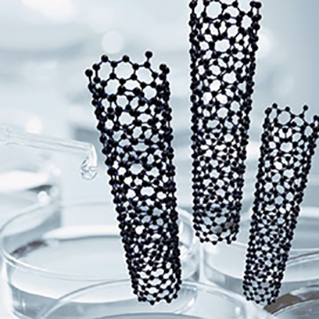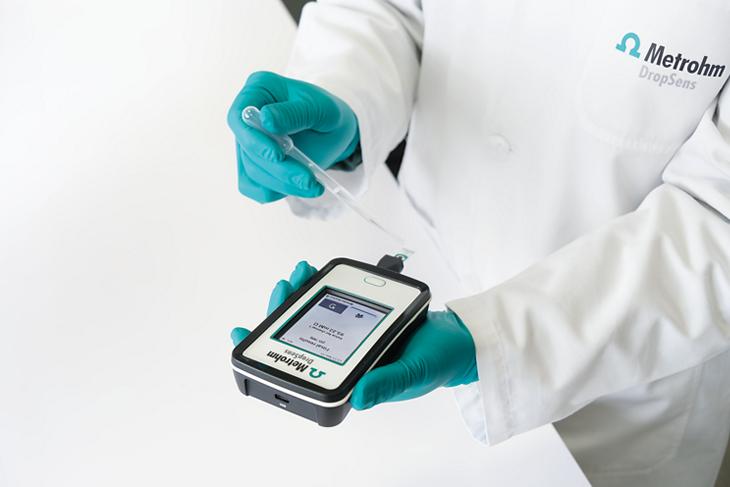One software with comprehensive functionalities
SPELEC systems are controlled by DropView SPELEC, the dedicated software for combined optical and electrochemical measurements. With DropView SPELEC, you can display electrochemical curves and spectra in real time and follow your experiments in counts, least dark counts, absorbance, transmittance, reflectance, or Raman shift. Ensure perfect synchronization of both measurements and benefit from superior performance in terms of data processing (including combined experimental control) and real-time spectra display.












